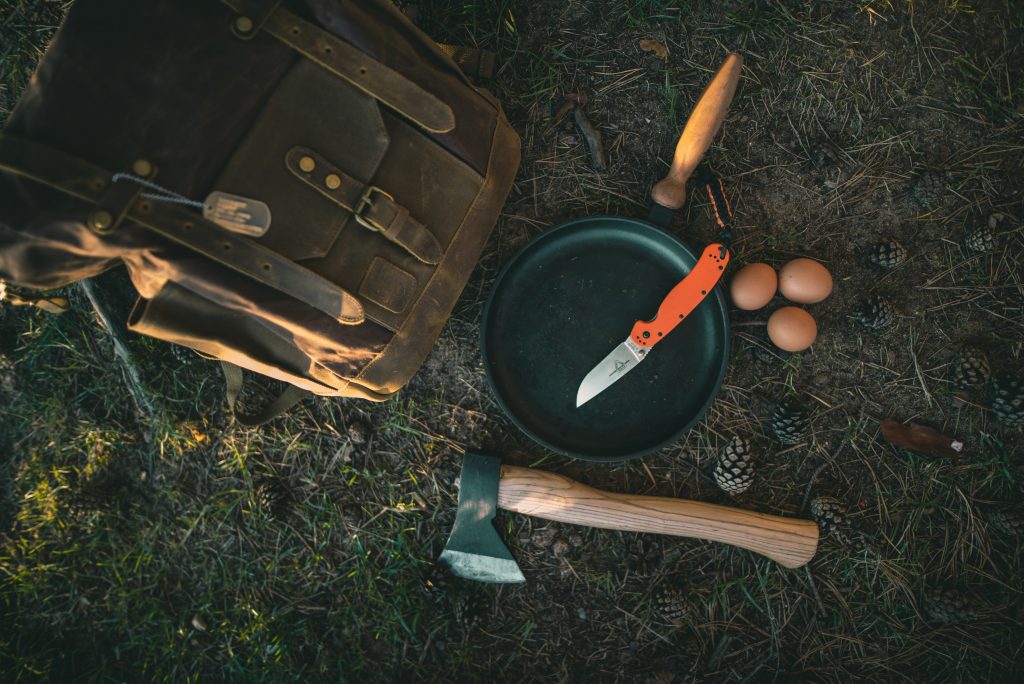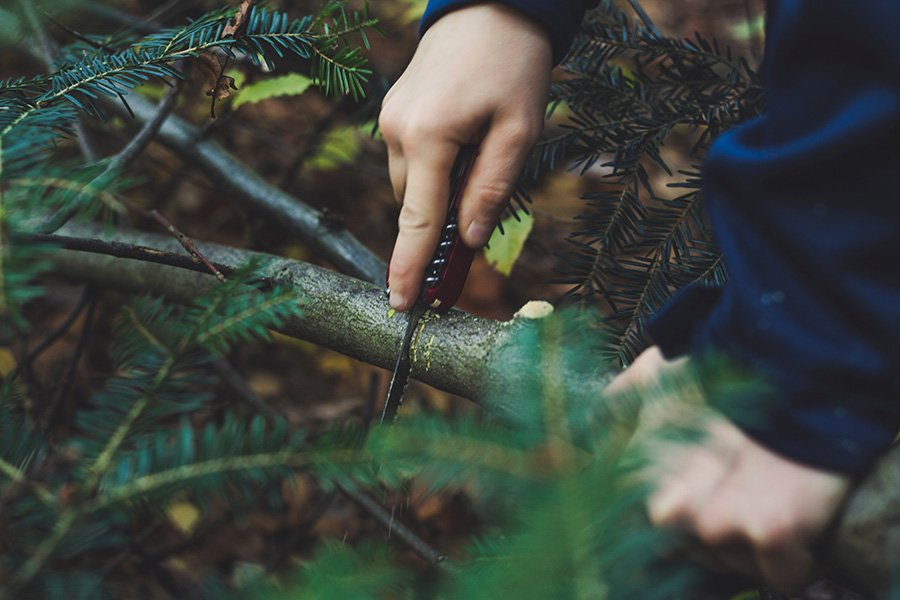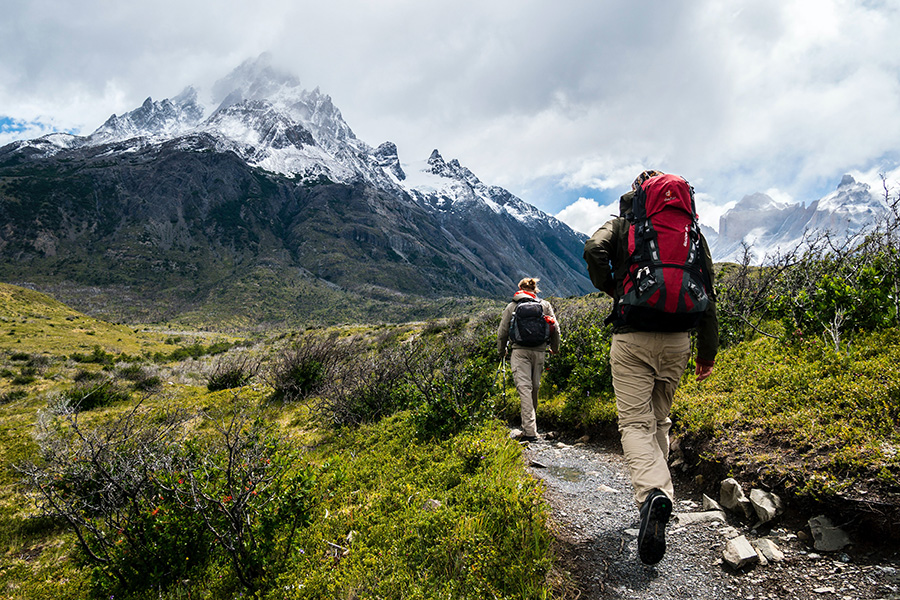Outdoor activities are one of the most favourite type of leisure activities. You can add a twist to bike trips or weekend trips with friends with an additional attraction – outdoor survival. Check our survival guide and see how to start acting according to its rules.
Survival – What is it? Not only outdoors!
Survival is the art of staying alive especially in difficult conditions. This activity is usually associated with a way of spending free time: spending the night in the forest with a mess-kit, pocket knife and self-made shelter. For professionals, however, it is a kind of training.
In addition to a night out, it also includes the art of survival in the event of a natural disaster, war, and in extreme cases – even a climatic disaster or other situations in which we will not be able to count on electricity, water and food provided to us by others.
Survival basics in 5 points
This guide will focus on survival in the wild. The basis of survival are: water, food and warmth. Every survivalist should know how to provide himself with these 3 issues quickly and with as little effort as possible.
In order to master the basics of survival, one should gain knowledge in many fields:
That is why a survivalist cannot be a person without thorough preparation! This is because his or her health or life may be at risk.
Before you set out in the field, you need to learn the theory.

1. Find out what you can eat and drink
Food is usually easy to come by (of course we are not talking about extreme conditions, for example a desert). There are many species growing in forests that can replenish the human body with valuable nutrients and vitamins.
Remember: do not eat everything that is green! There are plenty of poisonous plants in the forest.
So before you start filling your stomach, you need to know which parts of plants and animals are edible and valuable, which mushrooms to avoid and which sources to draw drinking water from or how to purify it.
2. Learn to build a shelter
A place to rest is just as important as getting food. Overheating or freezing can immobilize you. Cold hands will not accomplish any tasks, and sunstroke can even lead to unconsciousness or death.
3. Train to make fire
Learn to use a flint and shavings before going out into the field. Fire is life-giving – it will maintain your body temperature and prevent freezing or frostbite, as well as make raw meat from forest animals ready to eat.
4. Learn about setting azimuths
Azimuth tracking is useful when there is no map to guide you or when the weather makes orientation difficult (fog). This is not an easy art, so we encourage you to use only reliable sources of learning!
5. Toughen up your psyche
Attitude is important. A strong will to survive and motivation is the key to survival. In the forest, it is never a good idea to give up. Sitting idly and thinking can reduce your chances of survival in extreme conditions.
Above all, you should have the will to act – a set plan and focus on gradually achieving your goals: getting to a given point, getting the food you need.
Basic survival kit – Survival accessories
The basic survival gear for a survivalist will be items that will allow you to acquire the previously mentioned items like wood or water.
To get food you will need a knife, such as the legendary Ka-Bar The Legend and a basic water canteen. Speaking of hydration, you cannot forget about water purification tablets.
The Victorinox Camper pocket knife, on the other hand, is a multitasking device with 13 functions, with which you can, for example, saw through a piece of wood or open an emergency can of canned food in case you cannot get any other food.
To avoid encounters with wild animals, the Kowa YF binoculars with their 8x magnification and porro system provide the best image quality. However, if you encounter an aggressive bear, boar, or wolf that will not back down, have bear pepper spray at the ready.
Prepare your shelter after dark with the Armytek Prime CX Flashligh headlamp with a range of up to 174 meters.

In addition to this equipment, you will also need:
Is it worth to go on a survival course?
It is always worth to get additional training, but practice is the best. Survival is all about knowledge and strategy. Before the expedition we suggest training: lighting fires, recognizing edible plants or marching on the azimuth. Gradual introduction to life in the wilderness brings better results than jumping in at the deep end, which can quickly cool down the enthusiasm of a beginner.
While YouTube courses are free, this knowledge is unverified. This is still a good source, as misinformation is usually quickly verified in the comments, and the internet also allows you to compare posted content with other links.
An instructor-led course will be most suitable for those unsure of their knowledge. An experienced person takes you through the most important topics one at a time and shows you how to put them into practice. The training is a place where you can safely make mistakes under controlled conditions and learn about yourself: especially your mental toughness.











Leave a Reply